|
GREETINGS FROM OUTER WILDS VENTURES! As we make trails from April and prepare to make camp in May, we here at Outer Wilds Ventures have an extra spring in our step from all we accomplished in the last month--the solar system's really taking shape! What have we been doing in the last couple of weeks? On the design front, we finished greyboxing and playtested two of the biggest planets of the game. The art team started modeling all the Hearthian characters in the game, modeling the ship, and creating particle systems to populate the solar system. The tech team has implemented entirely new player and ship UI and created a vital new tool for adding Nomai text throughout design, and we're starting to implement new player sound effects as well! Moving forward, our big focus will be all things ship: the model and overhauling all of the systems around it. We hope y'all enjoy this update about our playtesting notes and new concept art! PLAYTESTING NOTES!
Playtesting Outer Wilds is not without its challenges. For starters, our design pillar, Curiosity-Driven Exploration, works by sending players across the solar system, not just an individual planet. The nature of our production pipeline, however, requires us to design one planet at a time so we can pass them over to the art team. Currently we have to focus playtests on exploring one planet at a time for production's sake--as we get deeper into production, we can open this up, but it requires a much longer playtest if we're asking players to traverse the solar system. Additionally, playtesting these planets requires previous knowledge of how to play the game: we're not looking to run through the tutorial anew with each tester. Any game you pick up again after a month, two months, or more away is going to be a bit foggy for you, and add tweaks to input & player systems on top of that...we have to really strive to make sure we create the ideal playtest scenario for each playtester that comes to our office! So with those constraints in mind, what did we accomplish? It's been a while since we introduced one of our team members. Logan is our tech artist/programmer/wunderkind who is essential to all things Outer Wilds. How long have you been working at Mobius?
I've been working on Outer Wilds with Mobius since August of last year, which makes it... Seven, eight months? Longer than I thought! So you're a Tech Artist on Outer Wilds, but that doesn't even come close to describing all that you do here: what does that mean you do on a day-to-day basis? Day to day work does vary a lot for me! In addition to wrangling the code side of materials and lighting, I also make builds, optimize code, write gameplay systems, create editor tools, debug code, set up world scripting, and complain a lot. Oh, and I also re-wrote our physics integrator, like, three times. So you've gotten a couple of degrees related to games. How vital do you think those are to your development and your work? I definitely got a lot out of both programs! My first (a BS in Computer Science: Computer Game Design from UC Santa Cruz) focused more on learning to program and work with a team on a design-driven project, and I definitely left there feeling confident in my ability to tackle technical challenges, as well as having gotten some experience as a designer and a team lead. The most valuable thing I got from my time there, however, was a circle of close friends who all push each other to grow, and who I very much want to work with later in life. My second degree (a MFA in Interactive Media from USC) was focused much more dramatically on the design side of things, and there I was able to grow dramatically in new directions. Once again, some of the most valuable things I got out of the program were the relationships I formed there! Ultimately, it wasn't the specific skills and knowledge I gained at these two schools that's proven so vital, but the personal growth I went through and meaningful interactions I found in the process. Outer Wilds has always been a game built on discovery, and that discovery has been predominantly focused on the Nomai. Their ruins and text are what are buried at the most important and challenging places to reach in the solar system. As we delve further into production, the Nomai grow in complexity: in narrative, in technology, in art, and in how all of that all funnels into design. We asked Alex to explain how that evolution has occurred and what it means to Outer Wilds. YOU’VE ADDED A LOT OF DIFFERENT NOMAI TECH SINCE THE IGF VERSION OF THE GAME. WHAT MADE YOU DO THAT THAT? Well, we knew we didn’t just want to have buttons because there’s something weird about another species having interfaces that you can just arbitrarily use. So we were already doing a lot of vision-related tech with quantum objects and decided to see how moving things with your gaze felt, and it felt kind of weird and alien which hit the right tone. This tech eventually turned into these orbs you stare at that activate various things and we’ve developed a lot of different stuff from there. Actually, even in the IGF Alpha version there was one place in the game that had a switch: it was on the Cave Twin, one of the Hourglass Twins. It’s the tower with the map room and we repurposed this Nomai staff we’ve made--I have no idea if anyone ever found this actually because we never playtested it--but we had this staff with an energy web on it and as you stared at it it would spin and then disappear. Then you’d notice that the energy field above your head had vanished...so even back then we knew Nomai tech should be gaze-driven.
ARE THERE ANY EXAMPLES OF OTHER GAMES THAT ARE REFERENCES TO YOU IN DESIGNING THE NOMAI TECHNOLOGY? No...No, not really. The closest thing to what we’re doing is Metroid Prime. Because they also have this scanning mechanic--oh my god, we’re kind of doing Metroid Prime. I just thought of that. That’s pretty funny. Ok, Metroid Prime is apparently a big reference. When developing UI we have to take game design, aesthetic, and technical limits into consideration. On the tech side, for instance, we've been updating the backend of the UI system, which was originally created in Unity 3. Good times. In terms of in-game UI, we have both ship and helmet UI, which need to feel very differently while coming from the same aesthetic. Currently we're starting to take the player helmet concepts and test them in-engine, but for a discussion on the process we'll hand the reins over to Alice! Hello, this is Alice, your resident 2D artist at Mobius Digital! For Outer Wilds, the overall UI look and feel is retro NASA, but also minimalistic and modern. Alex also requested (demanded, really) that we shy away from anything decidedly “futuristic-looking.” With that in mind, I set out to find some reference to suit our desired aesthetic. 1) Shape/line language First, I researched some NASA control panels and took note of the shapes and line treatments that made them look the way they did. I mainly used these images as references. While there is some mix of sharp-cornered and round-cornered rectangular shapes in our reference, we decided to stick with the rounded corners since we knew there would be circular elements mixed in the UI as well. The line weight in general was thin, and used to denote different functions and categories of buttons and switches.
2) Projected display Our reference consisted largely of physical control panels, but we knew that the HUD would ultimately be projected on the player character’s visor and thus would resemble white on black screen displays. We based a lot of highlight colors used on these reference images. (Yes, the second one is from Star Wars.) Last month our tech artist, Logan, developed a crystal shader for us to apply to various objects in the game. While they look all well & good applied by themselves, they really come to alive when applied with more dynamic textures. We're starting to bring this solar system to life, which is super exciting! Hope y'all enjoy!
|
Archives
June 2024
From the
Updates on our games, our process, and the joys of being Mobius Digital. Categories |
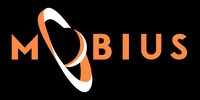
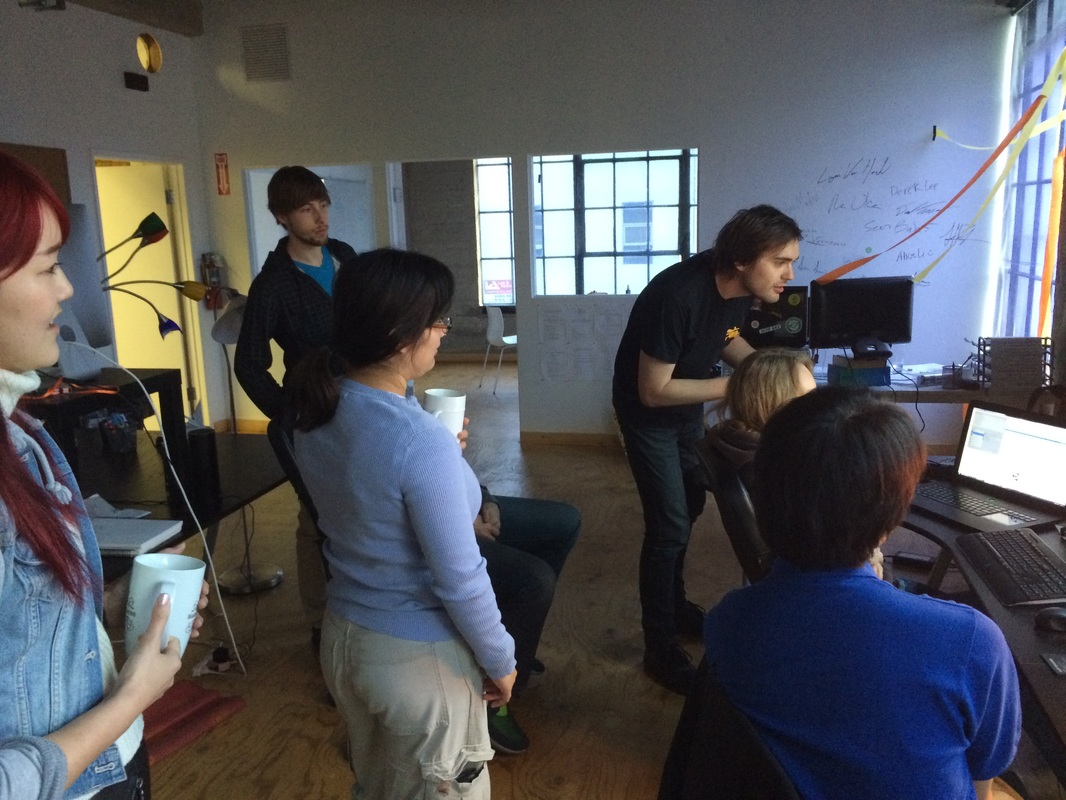
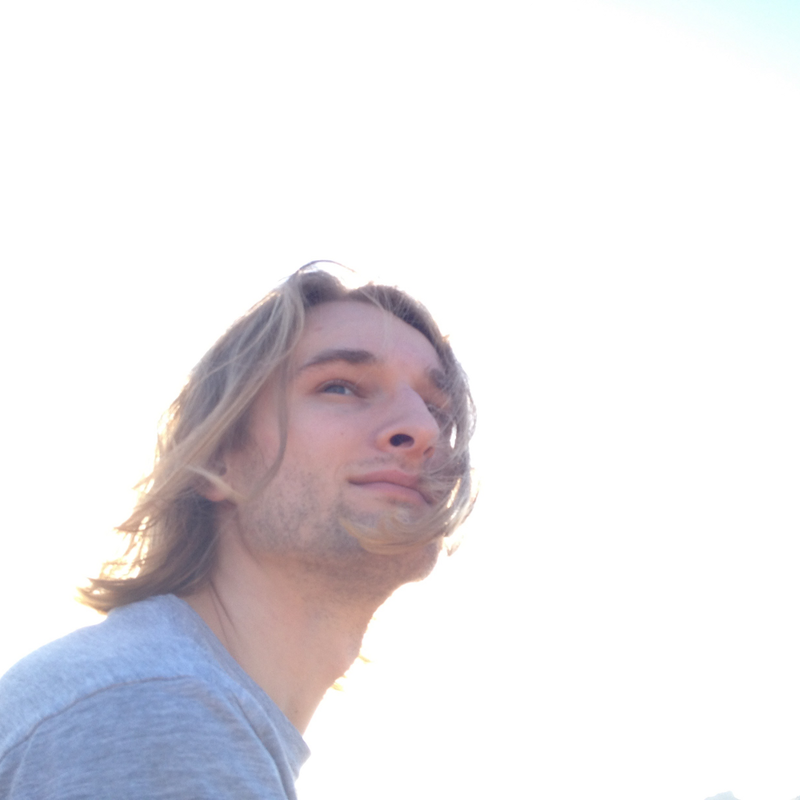
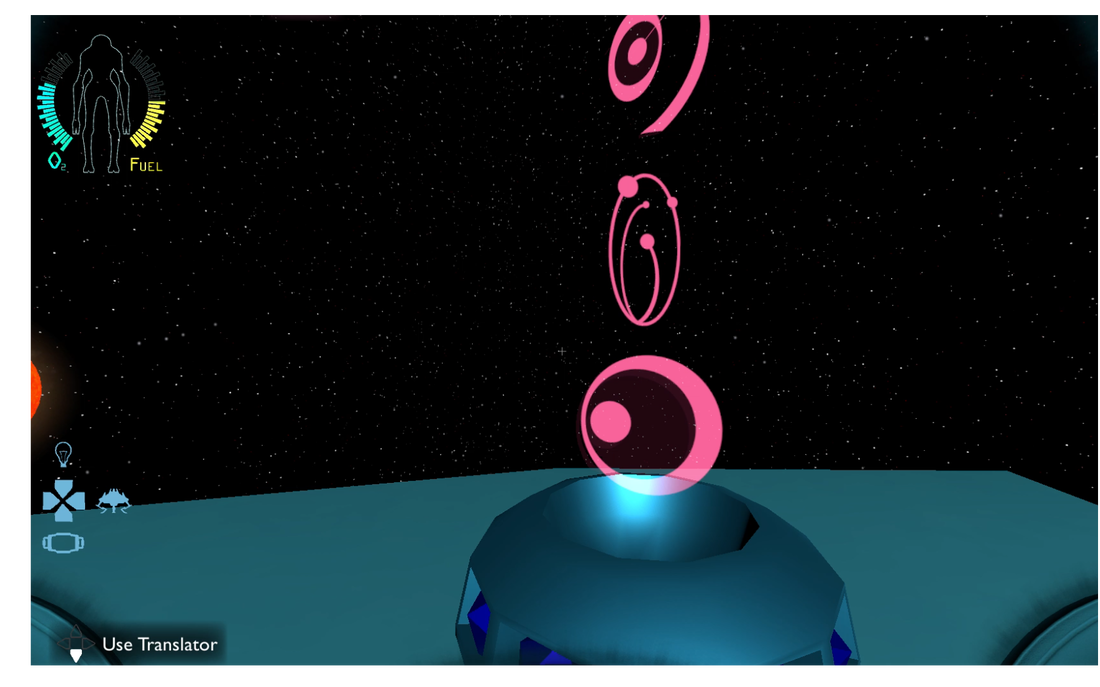
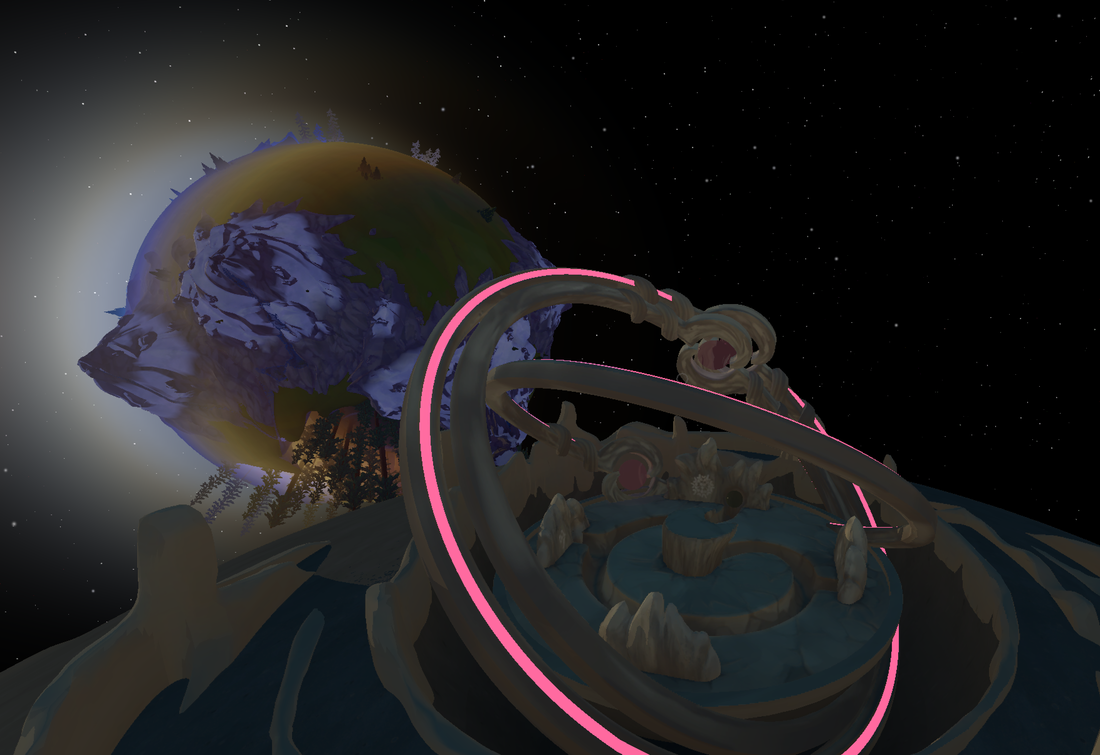
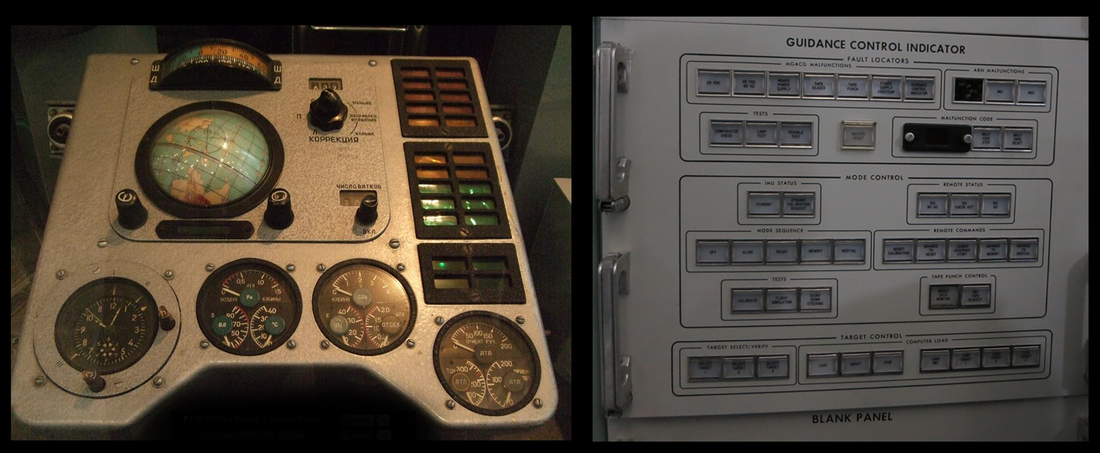
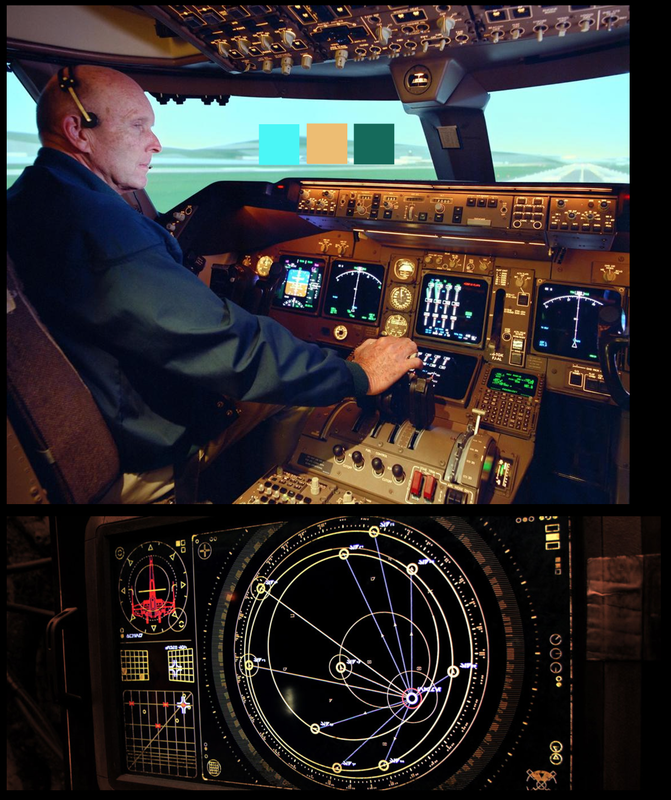
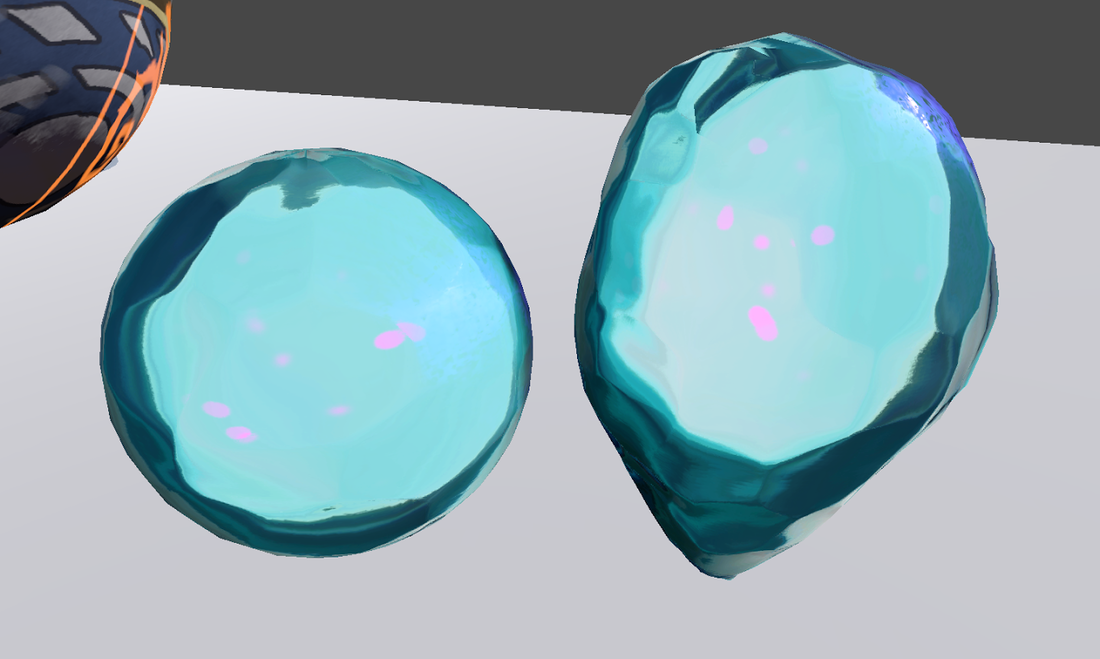
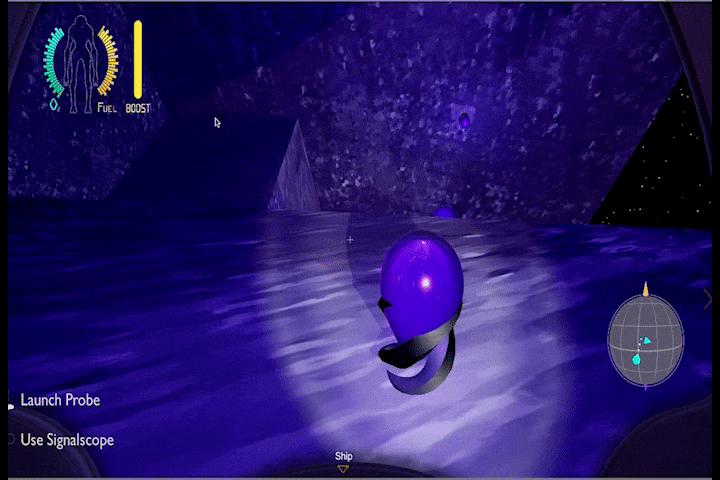
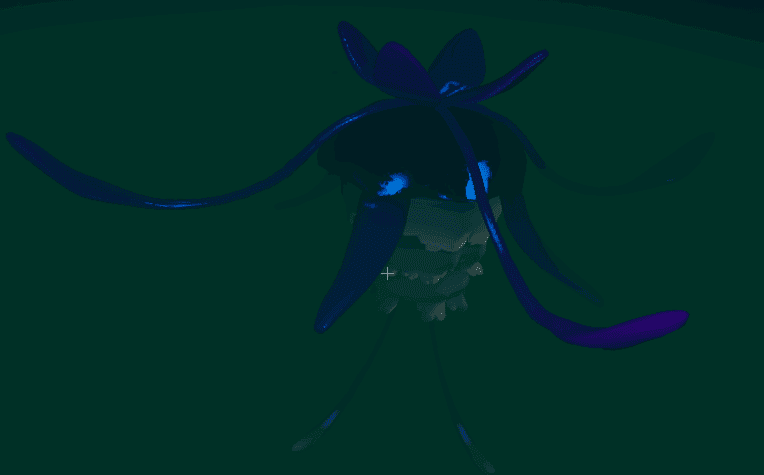
 RSS Feed
RSS Feed